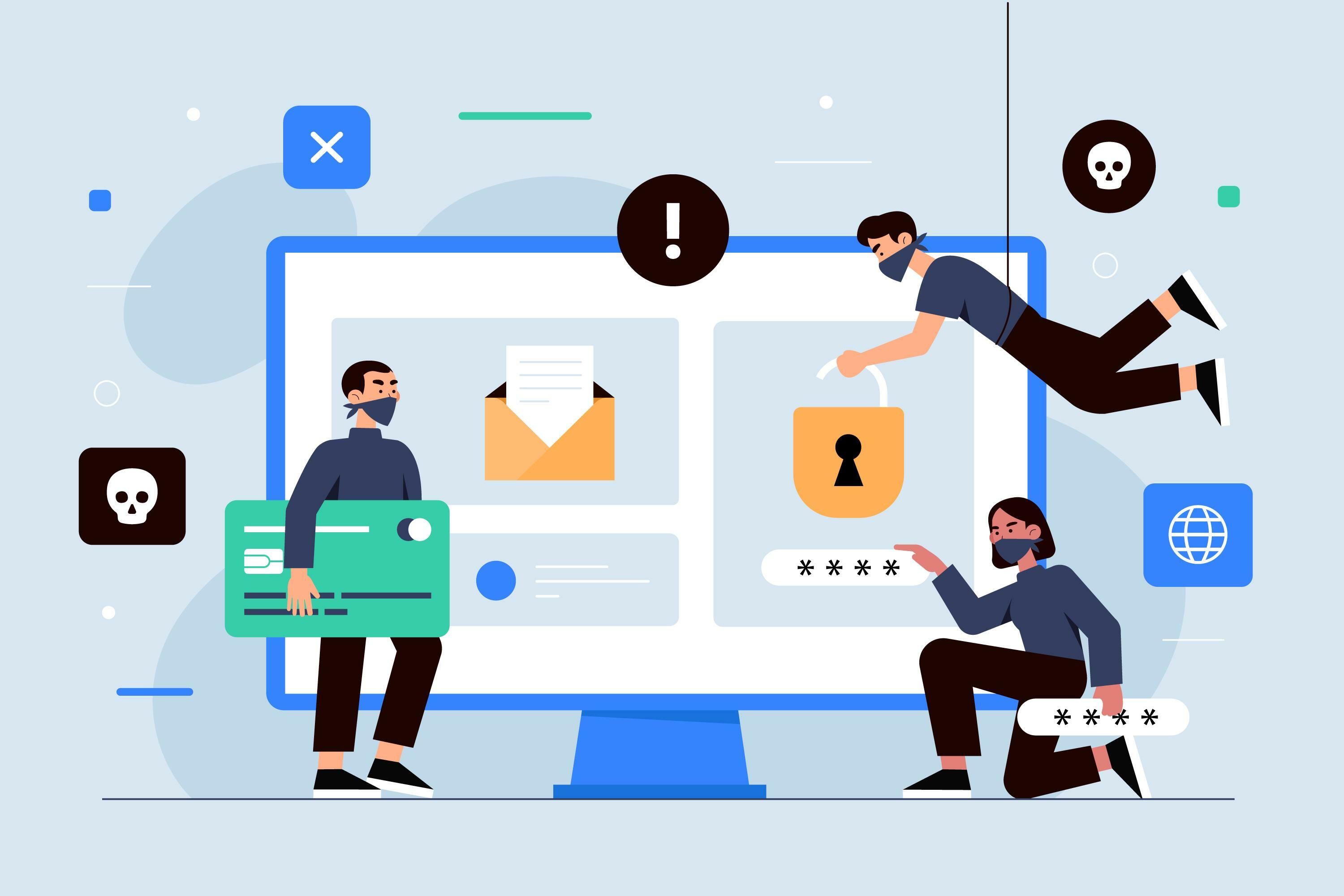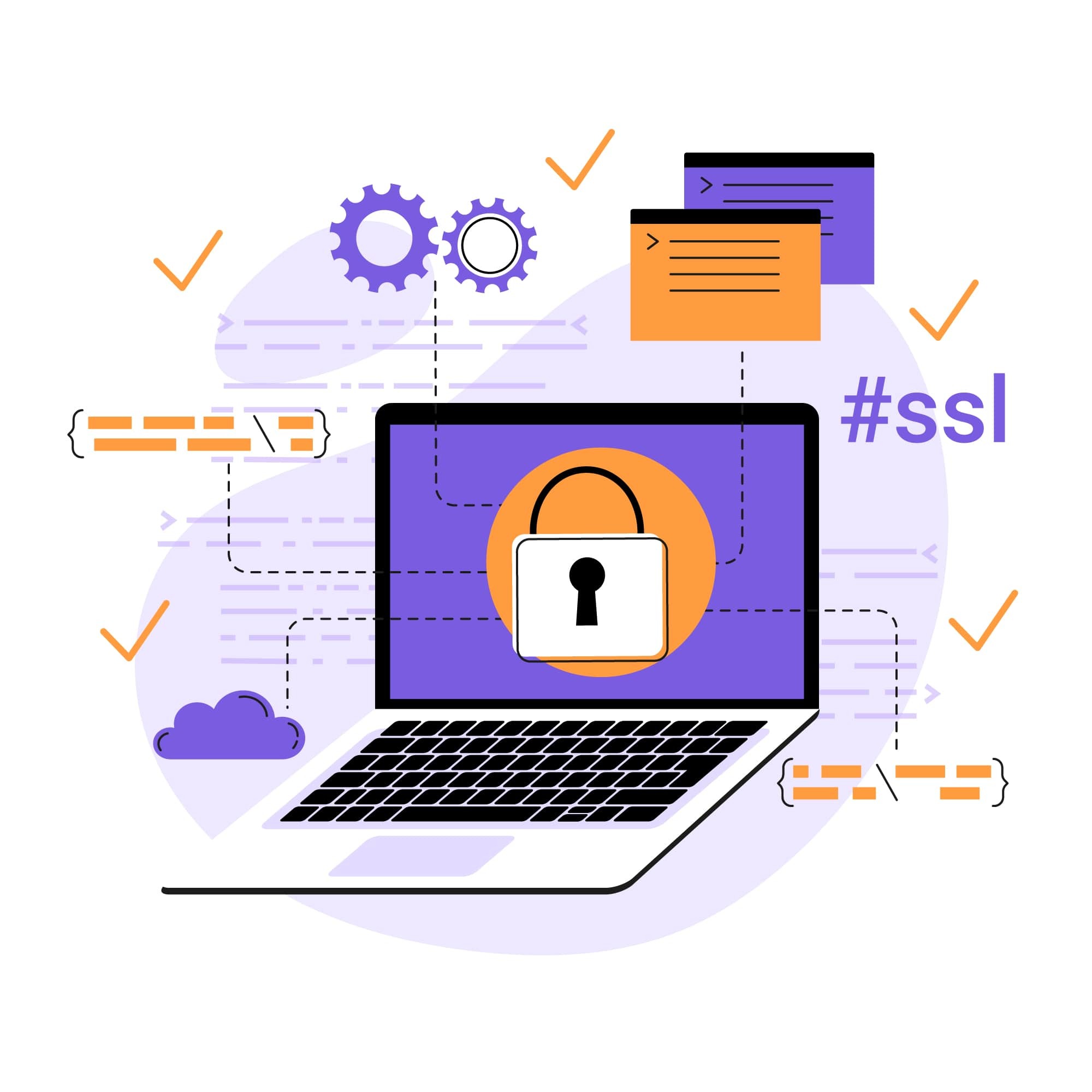
How to Stop a DDoS Attack on Your Website
A distributed denial-of-service attack - also known as a DDoS attack - is a malicious attempt to disrupt the normal traffic of a targeted server, service, or network by overwhelming the target or its surrounding infrastructure with a flood of Internet traffic. In a matter of minutes, these attacks can overwhelm your website and bring your website traffic to a grinding halt.
In the past, these attacks were more of an annoyance than a serious threat, but this has changed. DDoS attacks are growing in both size and frequency. A report showed that these attacks increased 200% in the first part of 2023 compared to the previous year. Recovering from a DDoS attack like this could cost a small business thousands of dollars.
Strategies for stopping DDoS attacks on your network
Understanding how to effectively respond to and mitigate DDoS attacks is essential for maintaining the integrity and availability of your online services. Let's delve into a detailed approach to handling a DDoS attack, ensuring your network's resilience against such disruptive threats.
1. Identifying the Attack: The first and most critical step in dealing with a DDoS attack is to recognize that it's happening. This involves constant vigilance through network traffic monitoring. You should have systems in place that alert you to unusual traffic spikes or abnormal traffic patterns that deviate from your typical network activity. Utilizing advanced network monitoring tools can help in quickly detecting these traffic increases, which is essential for a timely response.
2. Blocking the Attack: Once you've identified that a DDoS attack is underway, the immediate priority is to block the malicious traffic flooding your network. This is where Web Application Firewalls (WAFs) and intrusion prevention systems become invaluable. These tools are designed to filter out the harmful traffic that constitutes a DDoS attack. They work by distinguishing between legitimate traffic and malicious data packets, allowing only legitimate requests to pass through. Promptly implementing these measures can significantly reduce the impact of the attack on your network and services.
3. Analyzing the Attack Type: After the initial threat is mitigated, it's important to conduct a thorough analysis of the attack. This involves determining the specific type of DDoS attack you've experienced.
DDoS attacks can vary, from volumetric attacks that overwhelm your network with traffic to application-layer attacks that target specific aspects of your services. A couple of common types to look out for are teardrop attacks and DNS floods.
Understanding the nature of the attack is crucial for both comprehending the attacker's methods and for preparing your defenses against future attacks. This analysis will provide valuable insights into the vulnerabilities that were exploited and help in fortifying your network's defenses.
4. Implementing Recovery Processes: The next step is to initiate a recovery process. This involves restoring and securing any systems or services that were affected by the attack. Assess the extent of the damage or data loss and take steps to recover any affected services as quickly as possible. It's also important to conduct a security audit to ensure that no underlying vulnerabilities remain that could be exploited in future attacks.
5. DDoS Protection and Preventing Future Attacks: Finally, based on the analysis of the attack, update and refine your security protocols and infrastructure. This might involve implementing additional security measures such as DDoS mitigation services, enhanced network security solutions, or more sophisticated monitoring systems. The goal is to strengthen your defenses to reduce the likelihood or impact of future DDoS attacks. Regularly reviewing and updating your security measures is essential in the ever-evolving landscape of cyber threats.
While DDoS attacks can be daunting, having a structured and well-prepared response plan can significantly reduce their impact. By following these steps, from early detection to post-attack recovery and prevention, you can safeguard your digital assets against future attacks, ensuring the continuous operation and reliability of your online services.
See how SiteLock can help with our comprehensive website security plans, which include everything from malware detection and removal to a WAF and website vulnerability patching.
FAQs
Why Is a DDoS attack destructive?
There are several DDoS attack variants, but in general, cybercriminals will use these types of attacks to block legitimate traffic to a website. Multiple remote-controlled computers on different networks flood servers with “fake” requests. The web of machines used to launch the attack is called a “botnet.”
Often, the glut of requests will cause the host server to crash, taking the targeted website offline. Even if the attack fails to crash the website, it might slow it down enough to render it unusable to visitors.
How much can a DDoS attack cost a business?
The loss of legitimate website traffic in the wake of a DDoS attack can be costly for businesses of all sizes. Even small to medium-sized businesses can lose thousands of dollars for every hour of downtime.
And yet, for most companies victimized by DDoS attacks, reputational damage is even harder to recover from than financial losses. Failing to protect yourself on the internet is a surefire way to lose customer trust, and that trust can be hard to win back.
Why do people launch DDoS attacks?
While DDoS attacks can be costly to victims, they’re relatively cheap for cybercriminals to execute, which is one reason they’re growing in popularity.
A cybercriminal won’t see any financial gain directly from a DDoS attack (unless a third party pays them to carry it out). Usually, cybercriminals use DDoS attacks as a diversion, capturing the attention of the target organization while data theft or malware injection is carried out behind the scenes. Other motives might be political, egocentric, or retaliatory in nature, and almost anyone can hire a cybercriminal to carry out a DDoS attack.
What are the signs of a DDoS attack?
Diagnosing DDoS attacks can be tricky because the symptoms of an attack often resemble non-malicious availability issues such as slow site speeds or network problems.
However, if the connection to your site is unusually slow, or your site is completely unable to connect to the network, you might be experiencing signs of a DDoS attack. Similarly, if you notice an unusual or unexpected surge in website traffic that lasts for days, rather than just hours, or a significant spike in spam emails, you could be under attack.
Can you prevent a DDoS attack?
It’s cheaper and easier to prevent a DDoS attack than it is to recover from one. But how are DDoS attacks prevented?
The primary defense against DDoS attacks on your website should be a Web Application Firewall (WAF). This firewall not only protects against powerful DDoS threats but also redirects malicious traffic to different content delivery networks, easing the load on your server. It's effective when used alongside a website scanner or intrusion detection system, which helps identify and remove malicious bot traffic and malware. Additionally, setting up alerts for unusual traffic loads and configuring automatic blocking of suspicious network packets can further enhance security. While a WAF is crucial in mitigating an attack, without it, you might be unable to fully disrupt a DDoS attack and may have to endure it.
For small business owners, cybersecurity is essential and they need to be proactive in preventing cyber attacks, especially with the rise of unsecured Internet of Things (IoT) devices, which could provide more avenues for hackers. Strengthening the security of all your devices is a key step in avoiding becoming a target.
Monique Becenti is a product and channel marketing specialist at SiteLock, a cloud-based website security provider currently protecting more than 12 million websites globally. Monique is passionate about improving the customer experience for all. SiteLock’s combination of dedicated research and developmental efforts, aggressive product road maps, and access to a massive global data set make the company a leading innovator in web security.





